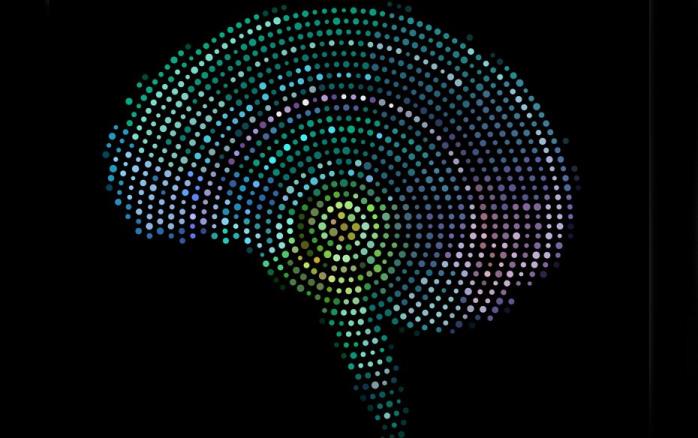
Click on image to enlarge
Long-time users of the various editions of the WJ cognitive battery (WJ, WJ-R, WJ III, WJ IV) know that the battery has continued to evolve over time. Above is a portion of a large table that summarizes the same and different tests included in the GIA (g-score) and broad CHC clusters across editions. The complete table demonstrates that the WJ has not remained static, with each new edition evolving as per research and theory.
The practical benefit of the complete table comes when examiners want to compare scores from similarly named cluster scores across different editions of the WJ--different scores may be due, in part, to different mixtures of tests in clusters across editions. I hope this is helpful.
The complete table can be
downloaded here. The table is adapted from a similar table in
Cormier, D., McGrew, K., Bulut, O., Funamoto, A. (2015). Exploring the relationships between broad Cattell-Horn-Carroll (CHC) cognitive abilities and reading achievement during the school-age years,
Manuscript submitted for publication.








